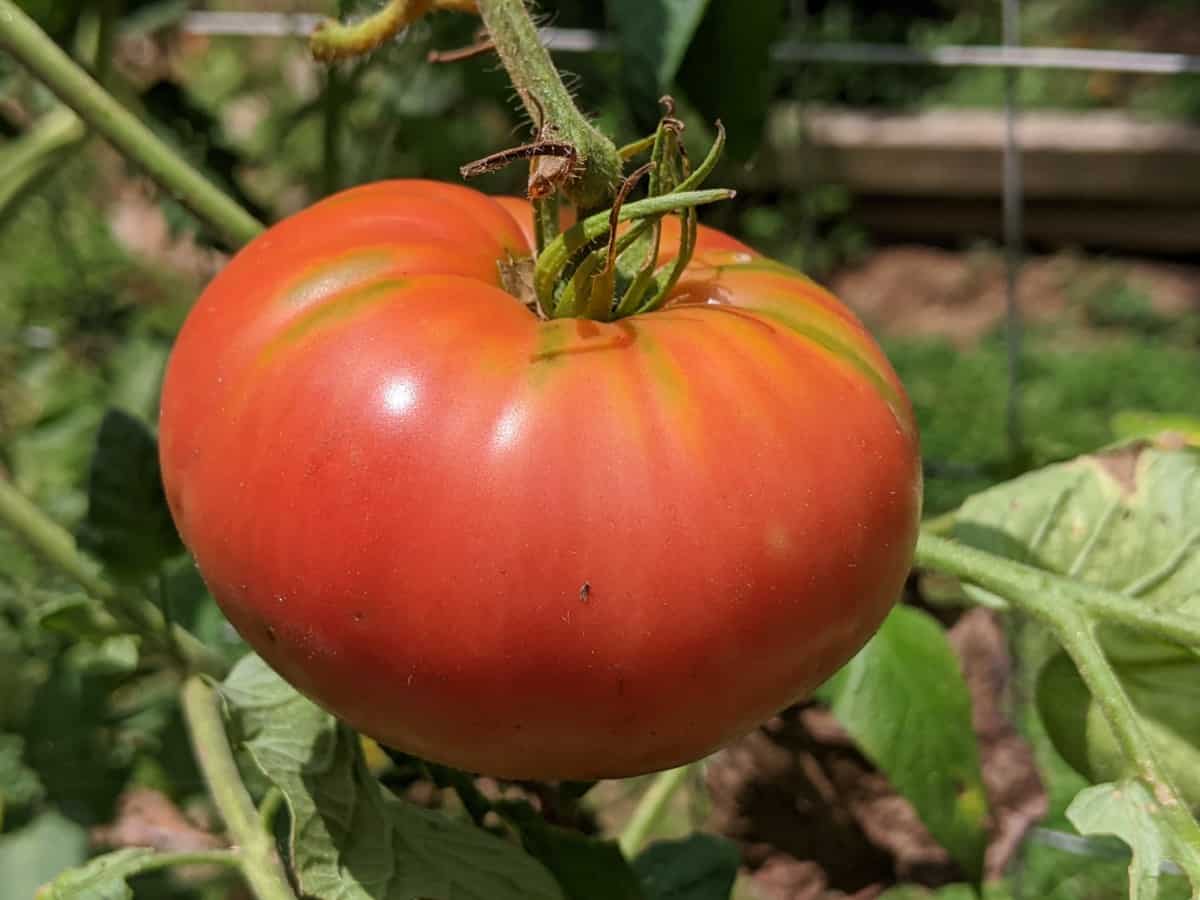Vegetable gardening has become a prevalent trend. Not only are these gardens established to save money, but people, in general, are much more health-conscious when it comes to food.
We no longer grab anything in the supermarket without having a look at the contents.
More often than not, there are too many unwanted extras mentioned on the package in our hands. The numbers of people who have gone over to the organic side are growing every day. People are much more aware of what they put into their bodies and much more concerned about Mother Earth’s condition and health.
A survey by Axiom found that 86 % of homeowners intend to continue gardening in 2021. With 73 % of respondents choosing to grow flowers, shrubs and vegetables round out the top three. Container gardening ranks high on the list of interests for 32 percent of respondents.
46 % of responders in the same survey said indoor gardening is meaningful, with houseplant being a favored hobby.
Many factors determine the percentage of people who grow their own food, and many factors, including; influence the vegetable garden statistics in the U.S.
- Economy
- Location
- Age
- Size of location
- Population
- Weather Conditions
- Hunger Statistics
The National Gardening Association (NGA) has reported that 35% of families in the United States grow their vegetables, fruit and other food at home.
This means that 1 in every 3 American Households are growing their food. That is a massive 200% increase since 2008, which means 2 million families have started producing their food. Let’s look at some of the exciting vegetable and home gardening statistics taking place in the U.S.
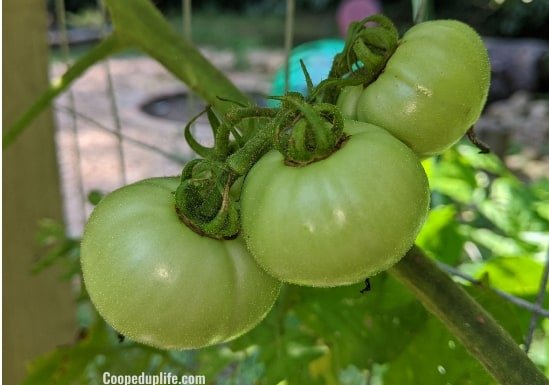
Home Garden Statistics
The economy plays a massive role in the percentage of people who grow their food and crops. In 1971, America went through a recession that kept on worsening. The interest rates rose to an incredible 20% which left American families no other choice than to start growing their food to sustain themselves and save money.
25 Million families (39%) out of the whole American population were involved in homegrown vegetable and fruit gardens. By 1981, only ten years later, the percentage dropped to 47%, and by 1985, only 37% continued to grow their food at home.
However, there are also very positive garden statistics. Of the entire American population who grow their vegetables, 25% grow it simply because it tastes better, and they prefer their products to be as fresh as possible. According to composting statistics, there has been an increase in households that compost for the home gardens.
How Popular is Gardening?
Gardening has become so popular that even millennials are starting to do it. President and CEO of the National Gardening Association (NGA), Mike Metallo, stated that Americans’ growth report is a “food revolution.” He says, “We are seeing more people, particularly young people, actively engaged in growing their own food. The growth in just five years is pretty spectacular”.
Metallo Also said that children should be taught about agriculture from an early age. If they know to grow their food, the hunger statistics will reduce significantly. In America alone, 16 million children are suffering from starvation.
Vegetable seeds are the most popular seeds purchased by Americans, with a massive 48% share in the market. A growth CAGR of 2.95% is estimated for 2020-2025, with tomatoes being the most popular at an impressive 29% of all homegrown vegetables in the United States.
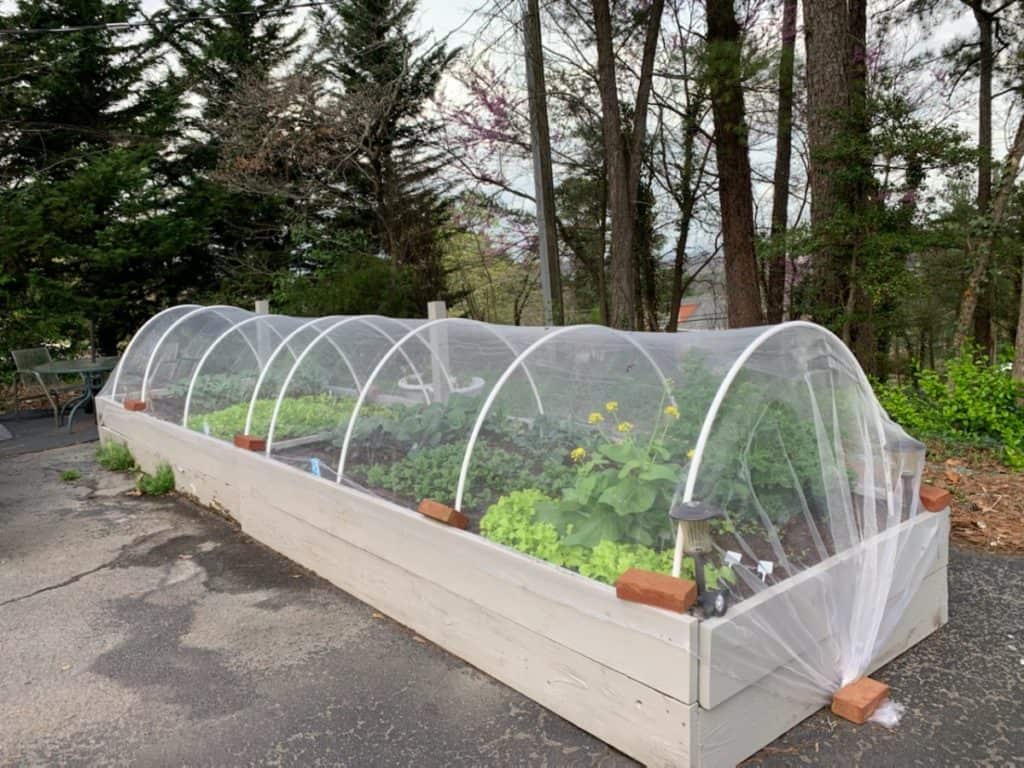
Home Garden Locations Of American Households
The average food garden size is 600 square feet, and the medium-sized food garden is +/- 96 Square feet. Below are the areas where home vegetables gardens are grown;
- 33 million (91%) – grow food at home
- 2 million (5%) – grow food at neighbors, family or friends
- 1 million (3%) – grow food in a community garden
- 1% – grow food at other (unknown) locations
Most Popular Vegetables Grown (ranked from highest to lowest)
- Tomatoes
- Broccoli
- Green Beans
- Carrots
- Spinach
- Lettuce
- Cucumber
- Pumpkins
- Kale
- Onions
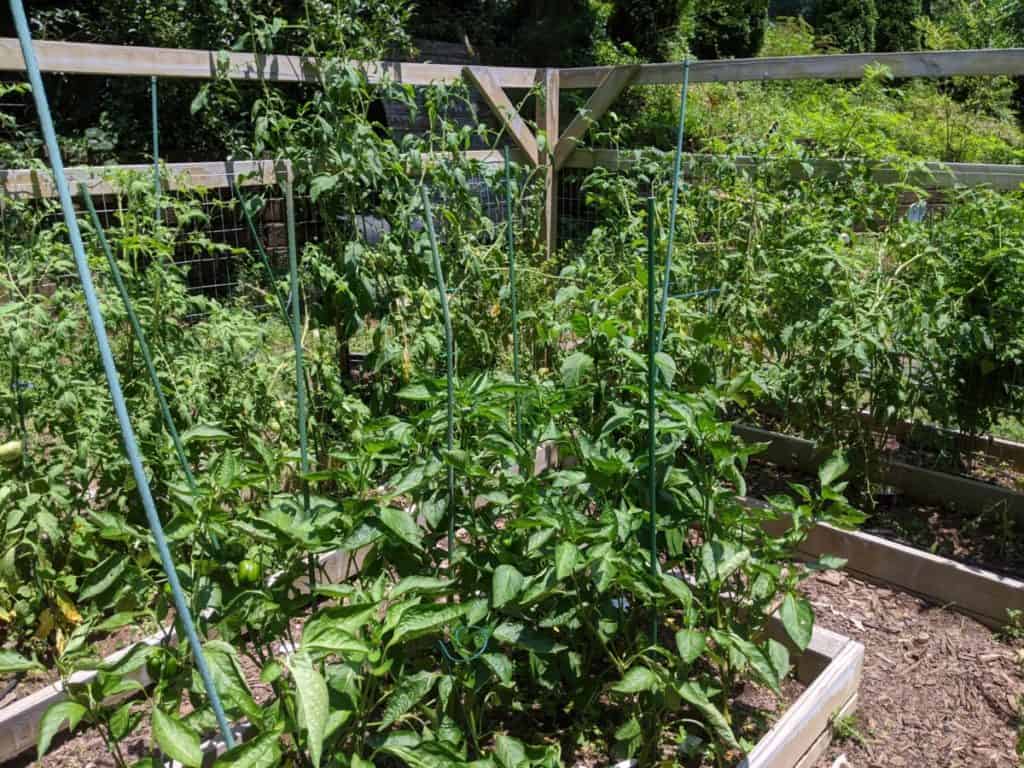
Is Gardening An Expensive Hobby?
Many factors play a role in determining how much your gardening will cost you. Remember that it might cost you quite a bit to get started. The initial equipment and gardening systems are what will cost you the most.
You must have clever money-saving gardening techniques and strategies to help you save as much on maintenance and upkeep as possible.
It is reported that $47.8 billion are spent by American home gardeners on garden and lawn retail sales. This is the highest amount ever recorded, averaging $503 per household, an impressive $100 increase since last year.
To get started, you will need items such as:
- Pruning shears
- Rakes
- Gloves
- Shovels
- Spades
- Rakes
- Seeds
Additional costs for maintaining your garden include:
- Insecticides and pest control
- Fertilizer
- Compost
- Damage (hail, snow) prevention systems (plant covers, over-head structures with plastic covers)
- Irrigation systems (sprinklers, over-head misters)
There are many ways that you can save money on these expenses, such as:
- Searching for second-hand equipment in second-hand or charity shops.
- Buying items that are on special
- Asking family members to pass on any equipment that they do not need
Home Gardening Statistics Explored
Home gardening in American households is at 77%. According to the annual National Gardening Survey, 35% are of the older generation, but the younger generation is rapidly increasing in green fingers.
29% of younger households (18-34 years) are of the most popular home garden groups at the moment, and the numbers are only increasing.
Indoor gardening has also increased miraculously by 30%. These include indoor greenhouses for vegetables, herb gardens and succulents.
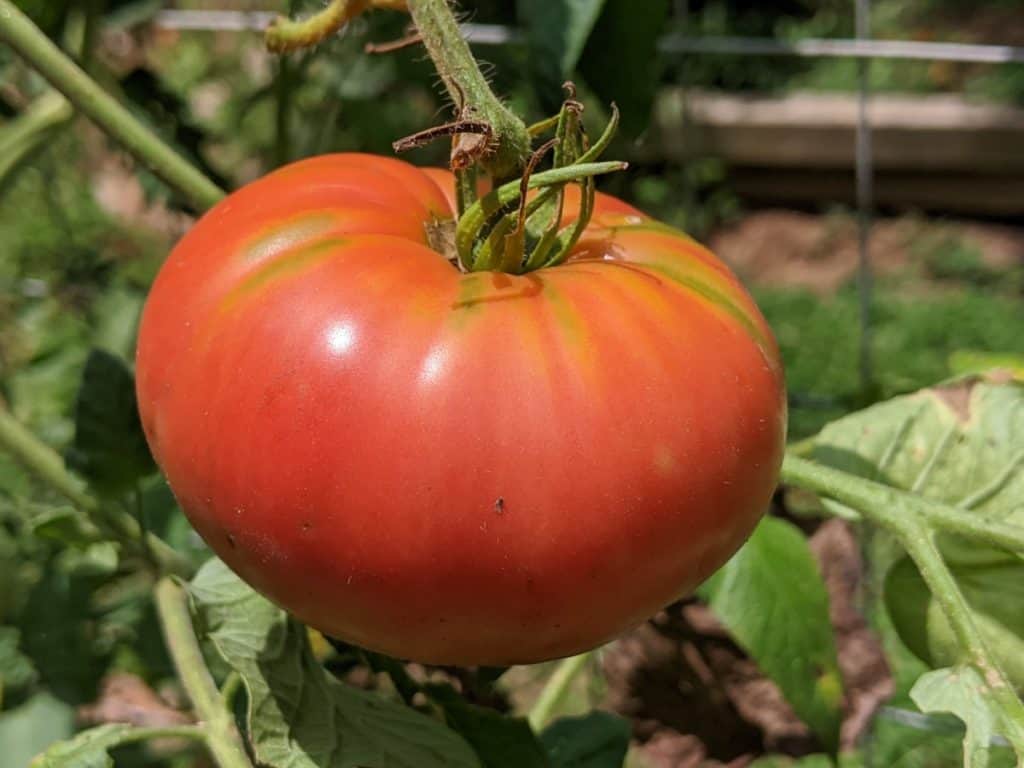
How Many Community Gardens Are There In The U.S.?
A community garden is an ecological green space where neighbors come together and promote educational programs on healthy eating and sustainability for the younger generation and share land to grow their fruits and vegetables.
Some of these gardens are referred to as urban farms, with individual plots for each family or neighbor. Dekalb Country Community Gardens, Illinois (15 acres) and Shiloh Field Community Garden, Denton, Texas (14.5 acres) are some of the most extensive community gardens in the U.S.
Community gardens started in the 18th century. Moravians created a community garden for Bethabara, Winston-Salem, in North Carolina to encourage families to come together and grow their crops on shared land.
Currently, there are 332,464,148 residents in the united states. Below are the top 10 Us cities with the most community gardens per 10,000 residents (From Highest To Lowest)
- 1) Portland, OR
- 2) St Paul, MN
- 3) Washington DC
- 4) Madison, WI
- 5)Orlando, FI
- 6) Seattle, WA
- 7)Milwaukee, WI
- 8) Arlington, VA
- 9) Long Beach, CA
- 10) San Francisco, CA
The number of community gardens in the U.S. keeps on growing. Since 2012, community gardens have increased by 44%, and today, there are +/- 29 000 community gardens in the 100 largest United States cities alone. This is a massive growth of 22% since last year.
Fun Home Vegetable Gardening Facts
- 10% of gardeners are between the ages of 45-64
- 33% of gardeners have a college degree
- 47% of gardeners have full-time employment
- 22% of gardeners are retired
In Conclusion
Community gardens will never stop growing in numbers. With the world in economic distress, it is understandable that most people are willing to grow their fruits and vegetables.
It is a skill that should be mandatory to teach to young children, as self-sustainability is the way to go. Not only for the family to eat, but for the environment too.
More and more people are going green or environmentally friendly these days. There are just too many preservatives, additives and genetically engineered fruit and vegetables on our grocery store shelves nowadays.
Vegetable gardening is the way to go. If all are educated in the agricultural world, then hunger and starvation could become a thing of the past.
And even though many people grow vegetables and fruits at home for fun, the vital thing to remember is to respect our farmers as they contribute to 65% of our natural food sources.
There is no better time to start looking after ourselves and preserving the earth for generations to come, by growing food for all, forever!
References
- Here’s the dirt on park trends: community gardens are growing | The Trust for Public Land (tpl.org)
- 9 Community Gardens That Make An Impact (Tell Us About Yours) | HuffPost
- https://www.statista.com/statistics/1034254/number-of-community-gardens-per-10-000-residents-by-city-in-the-us/” U.S. cities: community gardens per 10,000 residents U.S. 2019 | Statista
- The True Cost Of Growing A Garden (investopedia.com)

